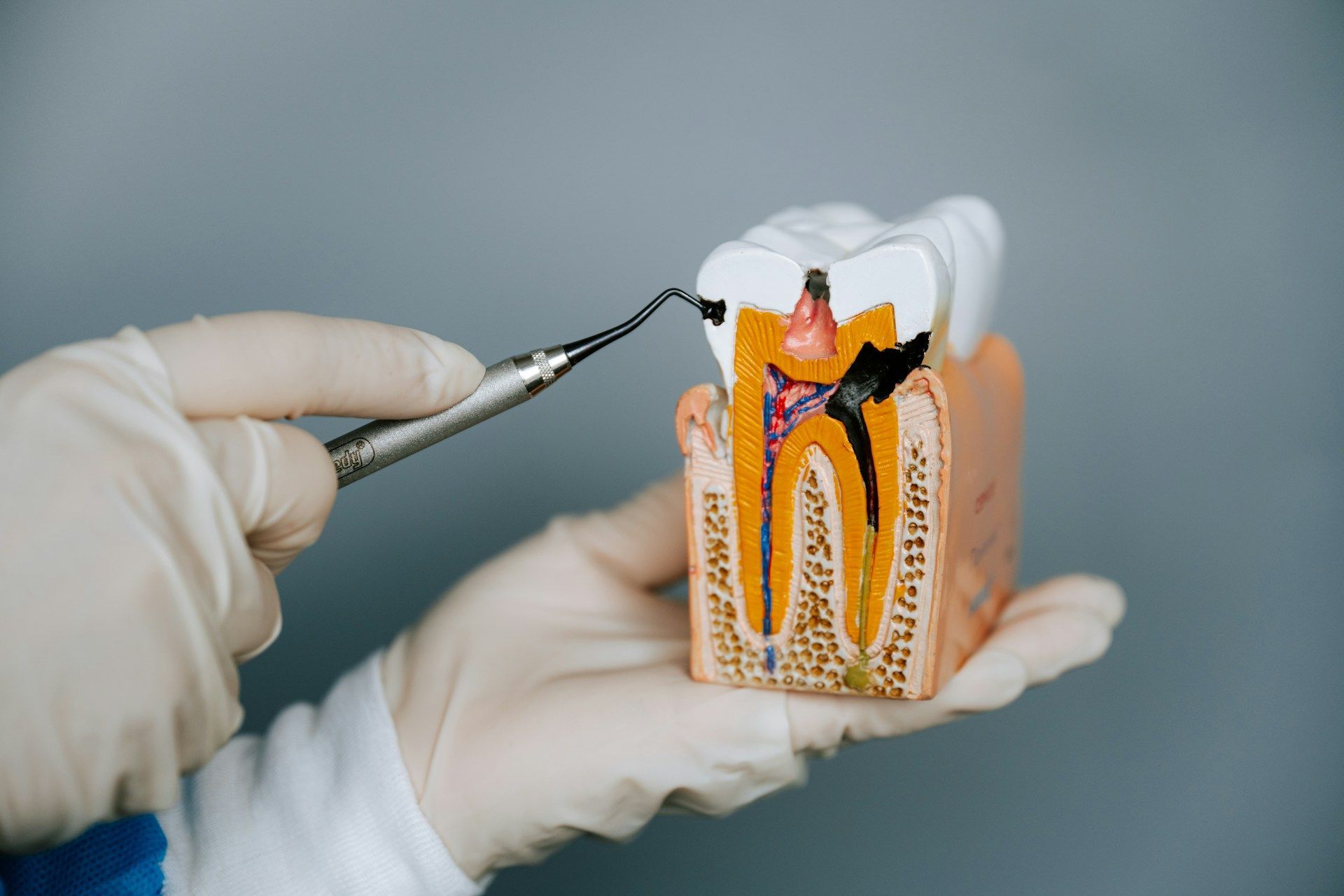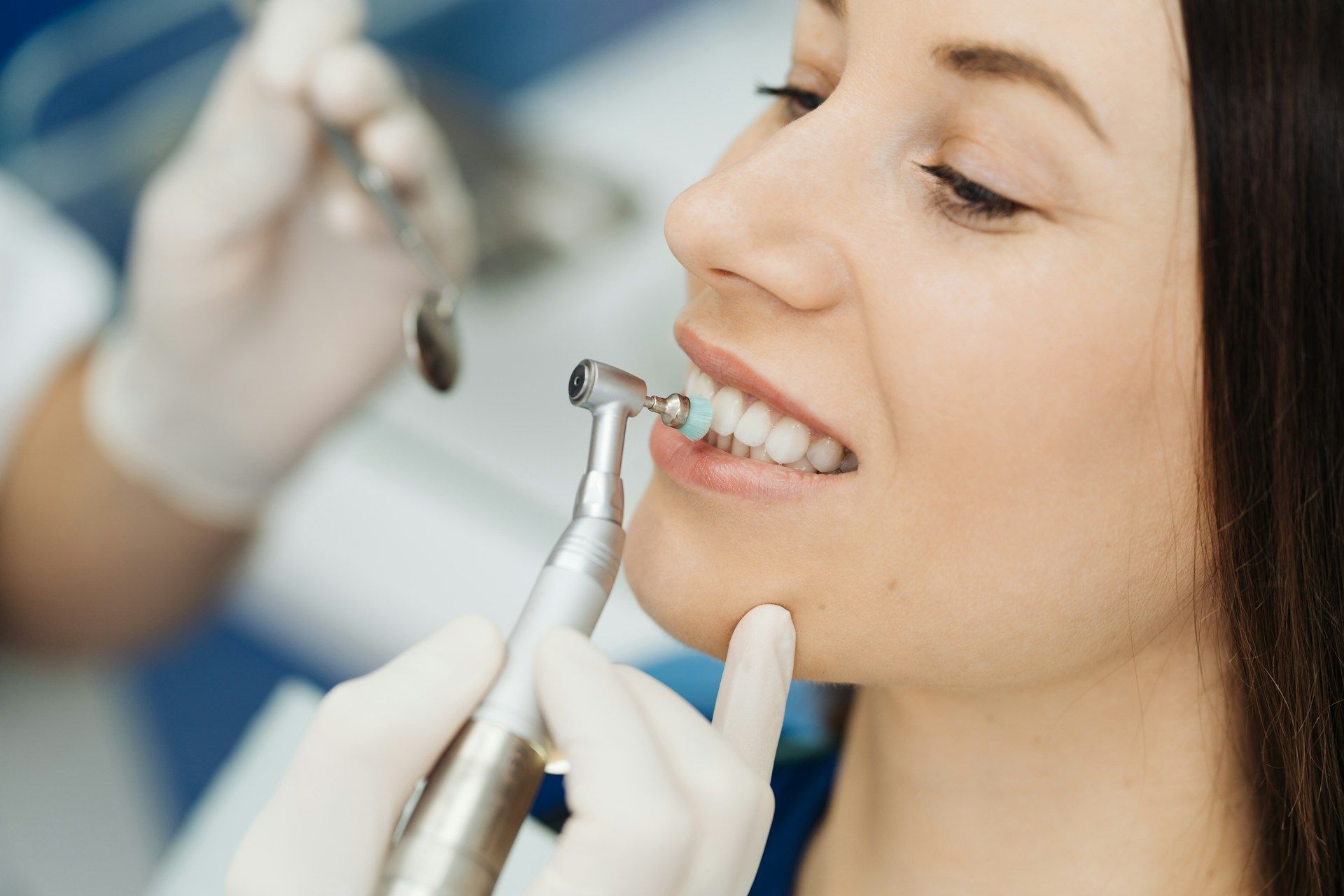How To Choose Between Metal And Ceramic Dental Crowns
Dental crowns are custom-made coverings placed over teeth to restore their shape, strength, and function. They’re commonly used after root canals, to repair broken or worn-down teeth, or to improve the appearance of a discolored or misshapen tooth. Crowns are a go-to option when a regular filling isn’t enough to keep a tooth healthy or when a stronger solution is needed to handle everyday chewing.
There are several types of dental crowns out there, but metal and ceramic are among the most popular. Each material has its own benefits and trade-offs, which can make choosing between the two feel like a big decision. Whether the crown is for a front tooth or a molar, the choice you make can affect everything from how the crown feels to how long it lasts. Picking the right type of crown plays a big part in your long-term oral health and comfort, especially if you’re planning a dental crown procedure in Lynn.
Understanding Metal Dental Crowns
Metal dental crowns have been around for decades and are known for being very strong. They’re usually made from alloys that include gold, nickel, chromium, or palladium. Some crowns use only one type of metal, while others combine several for added durability and flexibility.
One of the largest advantages of metal crowns is their strength. They're tough enough to stand up to years of chewing and don’t wear down easily. This makes them a solid choice for molars or teeth that do a lot of work, especially when durability is more important than appearance. Metal crowns also require less of the natural tooth to be removed before placement because they can be made thinner than other types.
But there are a couple of downsides to keep in mind:
- Metal crowns are very visible. If placed on a front tooth, they can stand out, which may not be ideal for some people.
- Some patients can be sensitive or allergic to certain metals used in crowns, especially nickel.
- They don’t match the natural color of teeth, so most people choose them for less visible areas like back molars.
Metal crowns often last a long time and rarely chip or break, which keeps the need for future repairs low. Still, if looks matter most or if there’s a concern about metal sensitivity, they might not be the right fit.
Understanding Ceramic Dental Crowns
Ceramic dental crowns are made from tooth-colored materials that are designed to blend in with the rest of your smile. These crowns are often used on front teeth because they look so much like real enamel. They can be made of porcelain, zirconia, or other strong ceramics, and their design focuses on a natural look rather than pure strength.
One of the main reasons people go for ceramic crowns is how well they match real teeth. Their color, shape, and finish can be custom-made to look almost identical to surrounding teeth, which makes them a popular choice for areas that show when you smile or talk.
Other main benefits include:
- Better compatibility with gums, which helps reduce irritation or inflammation.
- No risk of allergic reaction, since they don’t contain metal.
- A great pick for people with metal sensitivities or those who want a metal-free option.
Even though ceramic crowns look great, they’re not as strong as metal in some situations. They work well under normal chewing forces, but they can chip or crack if you grind your teeth or bite down on something hard. That’s why dentists might not always recommend them for back teeth, where stress is higher. Still, recent materials like zirconia are closing the gap when it comes to durability while keeping that natural look.
Each material has its place, and knowing what matters most—whether it's appearance, strength, or comfort—can help you make a smart decision that supports both your lifestyle and long-term dental health goals.
Comparing Metal And Ceramic Dental Crowns
When deciding on a crown material, comparing metal and ceramic side by side can help you figure out which one suits your needs better.
1. Durability
Metal crowns have the upper hand when it comes to strength. They stand up well against biting and chewing forces, making them a smart pick for back teeth that do the heavy lifting. Ceramic crowns have come a long way in terms of strength, especially newer versions like zirconia, but they still tend to be more prone to cracks if put under too much pressure.
2. Appearance
This is where ceramic crowns shine. They’re made to look natural and blend right in with your other teeth. If you’re fixing a front tooth, ceramic is usually the go-to choice because of its color-matching benefits. Metal crowns, on the other hand, are easy to spot. They're usually saved for molars that aren’t visible when you smile.
3. Cost
The price of a dental crown can vary depending on the material used, the tooth being treated, and how much your insurance covers. In general, metal crowns might cost less upfront, especially if they use base metals. Ceramic crowns may cost more, especially those designed for a perfect match to your existing tooth color and shape.
4. Comfort
Both types of crowns can feel comfortable once they're in place, but everyone’s mouth is different. Some people find that metal crowns feel sleeker or smoother. Others prefer the gum-friendly feel of ceramic. If you’ve reacted to metals in the past, it’s better to speak up early so alternatives can be considered.
Making Your Decision
Choosing between a metal and ceramic crown isn't one-size-fits-all. A lot depends on where the tooth is located, how much pressure it takes, your personal preferences, and whether cosmetics are a major concern.
If the crown is for a front tooth or one seen when you speak or laugh, ceramic is usually the better fit for looks. If strength is your top concern and the tooth is towards the back, a metal crown offers long-lasting support. That said, some people mix it up by choosing ceramic for front teeth and metal for molars depending on what works best for them.
You’ll want to talk to a dentist in Lynn who can look at your mouth, your bite, and your dental history. They’ll help you weigh your options and explain what's likely to last, feel good, and look natural. Sometimes, what seems like a small detail, like where the tooth sits or how often you grind your teeth, can make a big difference.
Keeping Your Crown in Great Shape Over Time
Once you get a crown, caring for it the right way helps it last. Regardless of the material, both ceramic and metal crowns respond well to good oral hygiene. That means brushing twice daily, flossing carefully around the crown, and staying consistent with dental visits.
Here are a few other things to keep in mind:
- Skip hard foods like ice or hard candy, which can crack ceramic crowns or loosen metal ones.
- If you grind your teeth at night, ask your dentist about a nightguard.
- Pay attention to how the crown feels. If there’s pressure or discomfort, it’s better to have it checked sooner rather than later.
The right crown can restore your smile and protect your tooth for many years. Whether you pick metal or ceramic, choosing wisely and maintaining it well can give you comfort and confidence every time you eat, talk, or smile.
Choosing the right dental crown is important for both your health and confidence. If you're thinking about a
dental crown procedure in Lynn, Seaport Family Dentistry is here to help you make the best decision for your smile. Whether you need a ceramic crown for a seamless appearance or a durable metal crown for long-term strength, our team is ready to answer your questions and deliver care that fits your needs. Reach out today to learn more and take the next step toward a healthier, lasting smile.











